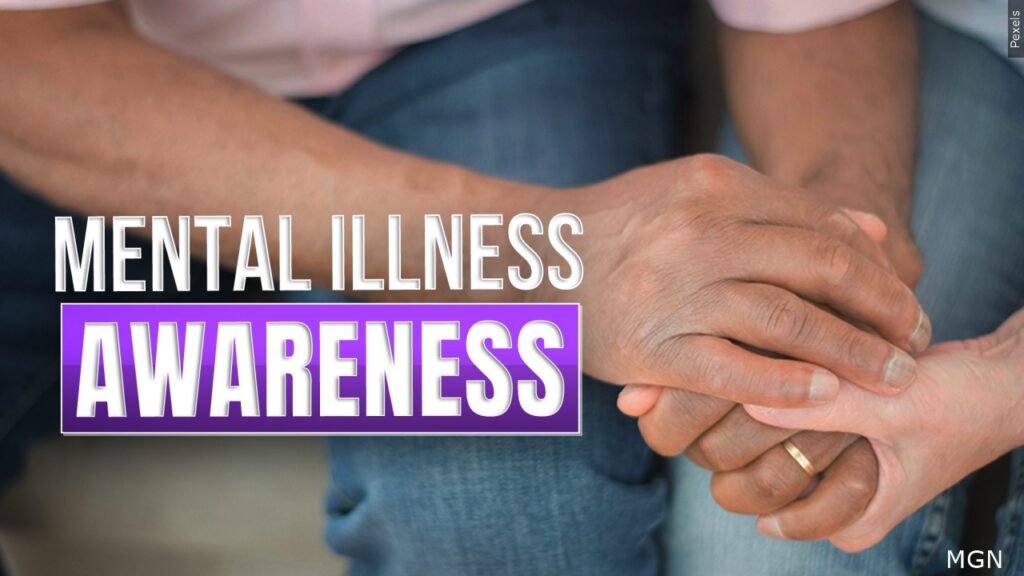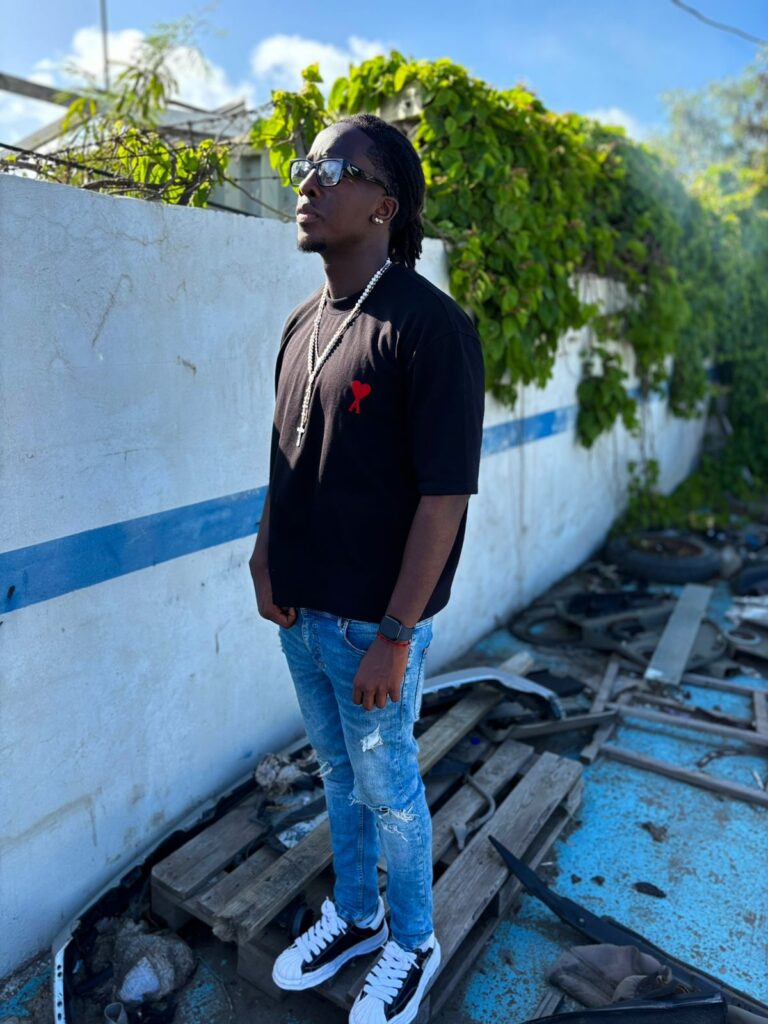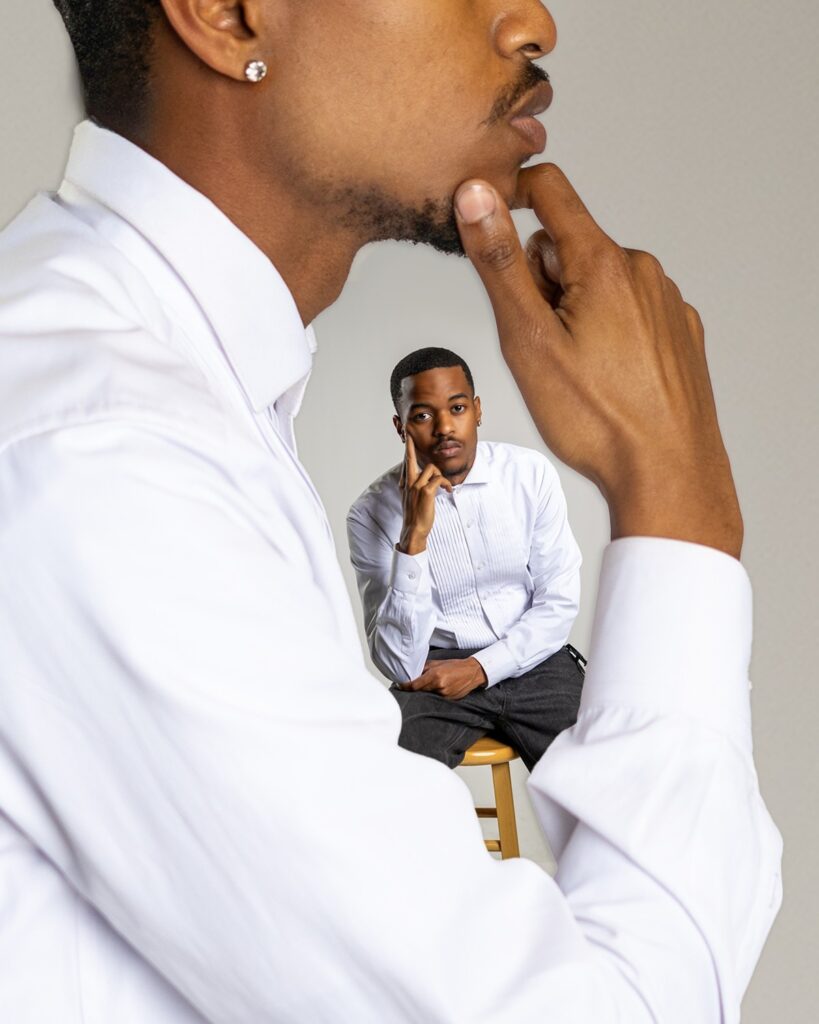Fashion has been a staple in the Black community for as long as we can remember. Every trend and era is symbolic of the way we perceive ourselves and the way we want society to perceive us. Through fashion, we have commanded a lens to view our enduring strength.
Kimberly Brown Pellum, Assistant Professor of History at Florida Agricultural and Mechanical University, understands the importance of fashion within the Black community. “How we dress has been both representative of the ways in which other people have been able to dictate who we are in our exterior and interior lives,” said Pellum. “But it is also very much representative of the ways that we have been able to self determine who we are and how we show up in the world.”
The 1960s and 1970s was a prominent fashion moment within the Black community. Black people were starting to step outside their comfort zones and using fashion as a form of expression. The Black Panther Party was a rising phenomenon. The sleek leather pants, Black berets, and the infamous afro defied the shackles in which Black people have been binded with for years. They were anti-anything that contributed to the cause of conformity that only existed to please their white counterparts.
Chazriq Clarke, a graduating senior theatre performing arts and business administration student at FAMU, shares his thoughts on the Black Panther Party and how they evoked a significant response within the Black community. “How I look at the Black Panther era was a time of reclaiming everything that was ours, rightfully,” said Clarke. “It made a fashion statement for us as a people and I think ever since then, we were feared by those of different cultures and races when really we just stood up for ourselves.”
The Black womanist movement throughout the civil rights era defined the way in which women viewed themselves and took a stand against the patriarchal views of male oppression. Female civil rights workers partnered with the Student Nonviolent Coordinating Committee to swap out dresses with denim. This was to remove the societal ideologies of donning “Sunday’s best” in order to be respected.
Dr. Tiffany G.B. Packer, Assistant Professor of History at FAMU, feels that Black womanist movement was a notable fashion moment within women’s history. “Afros symbolized black pride, but braless fashion, being void of lipstick and other forms of makeup for example, was a loud statement saying women do not have to conform to the patriarchal desires of men,” said Packer. “Fashion helped Black women make that statement.”
Fashion has aided the Black community to find our place in a world that has tried so hard to demean and degrade us. It has become a sort of security blanket by allowing us to be true to who we are and the rich culture that we have cultivated. Whether we are marching the streets of Selma, stepping out for a night on the town, or even just running errands, fashion has and always will be a part of us and our individuality.













